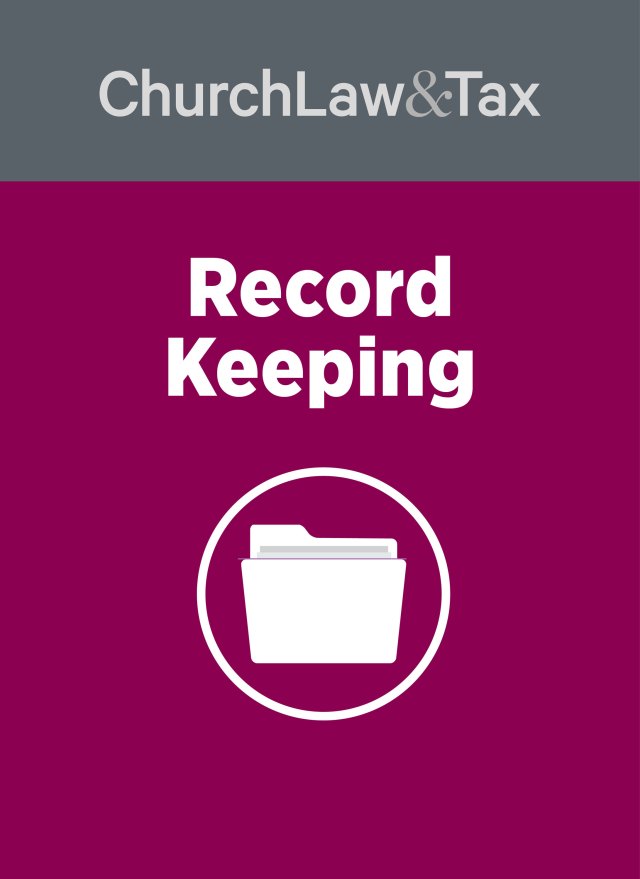The saying “an ounce of prevention is worth a pound of cure” is particularly appropriate in the employment setting. The cost of defending an employment lawsuit, regardless of the legitimacy of the claim, will generally cost at least $25,000, and may run into hundreds of thousands of dollars.
While you can never totally insulate your organization against a lawsuit, you can take preventive measures to limit the exposure.
Seek Legal Counsel
Consult legal counsel to assist in general operations such as drafting policies, handbooks, or preparing employment contracts. Since employment law is constantly changing, consulting local legal counsel in these matters may prevent or limit the liability in various situations. For example, always consult legal counsel before terminating an employee. Your attorney will be able to review your employment records, advise you of any potential liability before an employment claim develops, and provide information as to how the termination should be accomplished.
Maintain Detailed and Confidential Personnel Records
By law, all organizations are required to maintain certain employment records, such as employee wages and hours worked. It’s imperative that you keep separate confidential personnel records on each employee and that the information is given only to those individuals who have a need to know.
Generally, individuals who have a “need to know” are a small group of people, such as supervisors or members of a governing board. Additionally, the information provided even to these individuals should be limited to the facts. Be aware that state laws differ as to whether employees have a right to review their personnel file, as well as what information may be reviewed.
Most states limit what information employees or former employees may view and when copies of the file must be made available to the employee. Additionally, besides the basic identifying information, personnel records should include:
- Job descriptions
- Performance reviews
- Promotions
- Attendance records
- Any discipline or job-related problems
Apply Policies Consistently
When courts review a discrimination complaint, they often initially consider two items. First, was there a policy in place addressing the issue, and secondly, was the policy consistently applied and followed?
For example, if a person alleging racial discrimination was terminated for excessive absence, the court will first inquire as to whether a discrimination policy was in place and how it was administered. The court will then consider how previous employees with histories of excessive absence were treated.
If your organization has an employee handbook that includes progressive discipline or termination provisions, it’s important to follow the procedures and processes consistently.
Update Policies and Procedures Regularly
Having policies and procedures in place will usually provide some level of protection. Your organization should have policies against sexual harassment and discriminatory practices as well as prohibitions against other immoral behavior. Employment handbooks can be beneficial in communicating personnel policies, employee benefits, and work standards.
These handbooks also can be useful in limiting various exposures to liability. On the other hand, an employment handbook that isn’t regularly updated or isn’t consistently followed can be extremely damaging.
Without appropriate language and limitations, courts have construed handbooks as evidence of employment contracts. For this reason, you should regularly review your personnel policies and consult legal counsel before implementing a handbook.
Purchase Employment Practices Liability Coverage
Employment claims haven’t traditionally been covered under general liability policies. In fact, most general liability and personal injury policies specifically exclude claims arising out of the employment relationship. However, with employment-related litigation increasing against religious organizations, insurance coverage for such claims is becoming essential. One of the greatest expenses associated with employment lawsuits is defense costs. Most religious institutions cannot afford thousands of dollars to defend a lawsuit, whether frivolous or valid. In an effort to respond to this need, Brotherhood Mutual offers a comprehensive employment practices liability coverage. This coverage specifically addresses certain claims of discrimination, sexual harassment, employee defamation, and other employment issues. Contact your agent to discuss adding this coverage to your policy.
Prevention Tips to Reduce Your Risk
Here are some helpful hints on how to address some of the more common issues affecting religious ministries:
Record Keeping
- Keep separate personnel records on each employee.
- Keep detailed information regarding an employee’s performance.
- Maintain accurate attendance records regarding absences and tardiness.
- Make sure that personnel records don’t include identifying information such as employees’ race, color, sex, national origin, age, disability, or marital status.
- Place personnel records in a secure, locked area.
- Implement security procedures to protect employee privacy.
- Provide confidential information regarding employees only to those individuals who have a “need to know.”
- Provide employees with copies of documents that affect their status.
- Record all changes in employee status, such as promotions, leaves of absence, rates of pay.
- Store all records containing medical information in a location separate from other personnel records.
- Make sure that employee records accurately reflect the employee’s job performance.
Defamation/References
- Consult with an attorney before releasing information that you believe could lead to a defamation claim.
- Designate one department or person to handle all requests for recommendations. Have a policy addressing what information will be provided and the procedures for providing information in recommendation requests.
- Don’t discuss employee evaluations with other employees, except on a “need to know” basis.
- Don’t share information regarding an employee’s medical condition or other private information with anyone without the consent of the employee.
- Make sure personnel files are stored securely.
- Maintain separate files containing medical information.
- If a referral is requested regarding a former employee, obtain a written consent from the employee releasing you from liability. When providing a referral, provide information based on facts, not opinions.
- Provide the necessary information only to those who have a “need to know” regarding a disciplinary action or termination.
- Give only the facts if a statement is necessary to explain a termination. Don’t offer opinions or expound on any unnecessary details.
Sexual Harassment
• Implement a sexual harassment policy that includes the following:
- A description of the types of conduct that constitute harassment.
- A forceful statement that such conduct is prohibited by the organization’s rules as well as state and federal law.
- A statement that employees have the right to complain about sexual harassment without fear of retaliation.
- An explanation of the procedure for a prompt and thorough investigation.
- A statement that appropriate and immediate discipline measures will be taken against the offender if it’s determined that harassment took place.
- • Conduct a thorough investigation including the following steps:
- Interview the complaining employee, alleged harasser, and any witnesses.
- Report your determination to the complaining employee and alleged harasser.
- Administer discipline in person.
- Avoid inappropriate or inaccurate comments in an evaluation, for example, “He’s a slacker,” “She’s never on time.”
- Conduct annual employee performance reviews and accurately document any performance problems.
- Convey information regarding the termination only to those who have a “need to know.”
- Document results of performance reviews.
- Don’t discharge an employee without the benefit of a thorough investigation.
- Gather all necessary information and documentation before conducting a discipline interview. Include documents illustrating the effects of misconduct, company records regarding work rules, procedures and/or schedules, and the employee’s personnel files and prior disciplinary notices.
- Identify any specific rules or policies that have been violated and record the policy violation in the employee’s personnel file.
- Seek the advice of counsel as soon as the possibility of termination arises.
- Call Your Attorney. The first step after learning of a possible claim is to contact legal counsel in your area. Local counsel can advise you on how to limit your exposure and respond to the individual.
- Contact Your Insurance Agent. You should always advise your agent any time you become aware of a potential claim. The agent can then forward the information to your insurance company so that a coverage and liability determination can be made.
- Review the Records. Review your records to ensure that they have been properly documented. Documents should be organized chronologically. This will also provide an opportunity to review the file for missing information.
- Document the Situation. Prepare a timeline of events leading up to the accusation. Include names of supervisors, witnesses, and co-workers who may have information regarding the actions and accusations.
This article is excerpted from “Working Together: A Guide to Employment Practices for Ministries.” Copyright 2008. Brotherhood Mutual Insurance Company. Used with permission.

